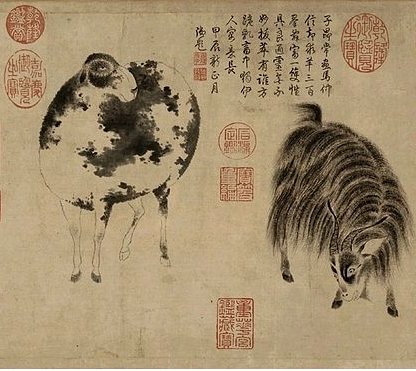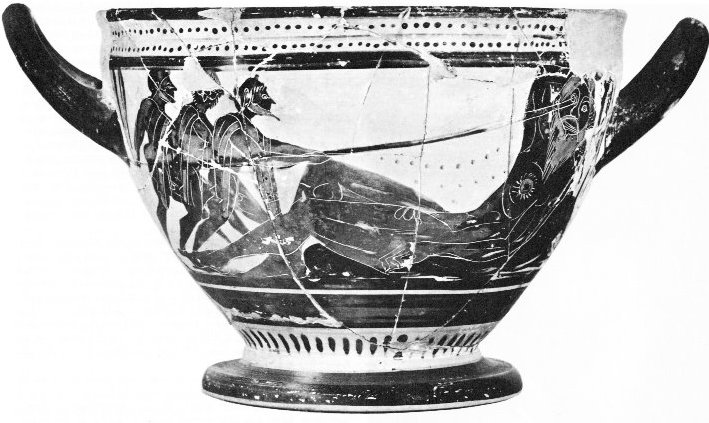I guess Kukulkan could be regarded as Kukuru-kan - the very special Star Pillar high up at the North Pole to where only the birds could fly: ... The Tahitian conception of the sky as resting on ten star pillars is unique and is doubtless connected with their cosmos of ten heavens. The Hawaiians placed a pillar (kukulu) at the four corners of the earth after Egyptian fashion; while the Maori and Moriori considered a single great central pillar as sufficient to hold up the heavens. It may be recalled that the Moriori Sky-propper built up a single pillar by placing ten posts one on top of the other ... On Easter Island the month named Anakena could similarly be understood as Ana-kena: Ana. 1. Cave. 2. If. 3. Verbal prefix: he-ra'e ana-unu au i te raau, first I drank the medicine. Vanaga. 1. Cave, grotto, hole in the rock. 2. In order that, if. 3. Particle (na 5); garo atu ana, formerly; mee koe ana te ariki, the Lord be with thee. PS Sa.: na, an intensive postpositive particle. Anake, unique. T Pau.: anake, unique, to be alone. Mgv.: anake, alone, single, only, solely. Mq.: anake, anaé, id. Ta.: anae, all, each, alone, unique. Anakena, July. Ananake, common, together, entire, entirely, at once, all, general, unanimous, universal, without distinction, whole, a company; piri mai te tagata ananake, public; kite aro o te mautagata ananake, public; mea ananake, impartial; koona ananake, everywhere. Churchill. Splendor; a name applied in the Society Islands to ten conspicious stars which served as pillars of the sky. Ana appears to be related to the Tuamotuan ngana-ia, 'the heavens'. Henry translates ana as aster, star. The Tahitian conception of the sky as resting on ten star pillars is unique and is doubtless connected with their cosmos of ten heavens. The Hawaiians placed a pillar (kukulu) at the four corners of the earth after Egyptian fashion; while the Maori and Moriori considered a single great central pillar as sufficient to hold up the heavens. It may be recalled that the Moriori Sky-propper built up a single pillar by placing ten posts one on top of the other. Makemson.
Sula dactylatra.
And on the ground this place was where the New King was born:
... After Hotu's canoe had anchored [i hoa era te aka.o te miro o Hotu], the child of Vakai and Hotu appeared [he topa te poki.ki haho]. It was Tuu Maheke, son of Hotu, a boy [tamaaroa] ... [E:80] When reading the bird list in Manuscript E, we have found the bird named Kena (Sula dactylatra) at right ascension day *122, at Hanga Te Pau where the Explorers landed on Easter Island:
In this game of associations (in order to create meaning) the Heap of Fuel should make us remember the 12th station of Odysseus: ... Odysseus and his fleet were now in a mythic realm of difficult trials and passages, of which the first was to be the Land of the Cyclopes, 'neither nigh at hand, nor yet afar off', where the one-eyed giant Polyphemus, son of the god Poseidon (who, as we know, was the lord of tides and of the Two Queens, and the lord, furthermore, of Medusa), dwelt with his flocks in a cave. 'Yes, for he was a monstrous thing and fashioned marvelously, nor was he like to any man that lives by bread, but like a wooded peak of the towering hills, which stands out apart and alone from others.' Odysseus, choosing twelve men, the best of the company, left his ships at shore and sallied to the vast cave. It was found stocked abundantly with cheeses, flocks of lambs and kids penned apart, milk pails, bowls of whey; and when the company had entered and was sitting to wait, expecting hospitality, the owner came in, shepherding his flocks. He bore a grievous weight of dry wood, which he cast down with a din inside the cave, so that in fear all fled to hide. Lifting a huge doorstone, such as two and twenty good four-wheeled wains could not have raised from the ground, he set this against the mouth of the cave, sat down, milked his ewes and goats,
and beneath each placed her young, after which he kindled a fire and spied his guests ...
His huge doorstone had a weight of more than 22 * 4 = 88 'wains'. According to the epoch of Bharani μ Cancri rose with the Sun in "June 10 (161). ... The month, which takes its name from Juppiter the oak-god, begins on June 10th and ends of July 7th. Midway comes St. John's Day, June 24th, the day on which the oak-king was sacrificially burned alive. The Celtic year was divided into two halves with the second half beginning in July, apparently after a seven-day wake, or funeral feast, in the oak-king's honour ...
The longest Mayan stone hieroglyphic text so far found - I learned the other day from a TV program - was incised on the front surfaces of the 64 steps up to the top of a temple in Copán. It had 2200 glyphs. Struggling with the problem of how these 2200 hieroglyphs might be distributed on the 64 steps, I remembered the achievement of the King of mathematics (Gauss) as he was very young. Thus 64 / 2 = 32 and then 32 * 64 = 2048. 2200 - 2048 = 152 = 8 * 19 = 64 * 19 / 8 = 64 * 2⅔. Day number 152 was June 1. If the first step carried e.g. 64 + 2 = 66 glyphs, then the 2nd could have had 66 - 2 = 64 and the 3rd 66 - 5 = 61 (= 91 - 30). 66 + 64 + 61 = 191 (July 10). According to the epoch of Bharani the Sun rose with Regulus (the Little King) in "July 10 (probably corresponding to He Anakena 10), when the Explorers reached Te Pou (the Star Pillar, presumably Ana-Kena). Although Te Pou was a name for Sirius it ought to be possible to use also for other similar cardinal points. For instance: *101 (Sirius) - *41 (Bharani) = *60 = *243 (= 3 * 9 * 9 → 16h, Acrab) - *183 ... They took their provisions with them, carrying them on their shoulders, went on, and reached Te Pou. They made camp and slept in Te Pou on the tenth day of the month of July ('Anakena') ... [E:22 → two and twenty]
At the time of rongorongo the right ascension position of Regulus was *152, i.e. 80 days later than June 1:
Possibly 22 (two and twenty) was short for 22 / 7 = 3.14 (π), i.e. here half the circle of the Sun year. And 4 * 22 = 88 (as in Ga4-5) was probably a reference to Betelgeuze (*88).
|
||||||||||||||||||||||||||||||||||||||||||||||||||||||||||||||||||||||||||||||||||||||||||||||||||||||||||||||||||||||||||||||||||||||||||||||||||||||||||||||||||||||||||||||||||||||||||||||||||||||||||||||||||||||||||||||||||||||||||||||||||||||||||||||||||||||
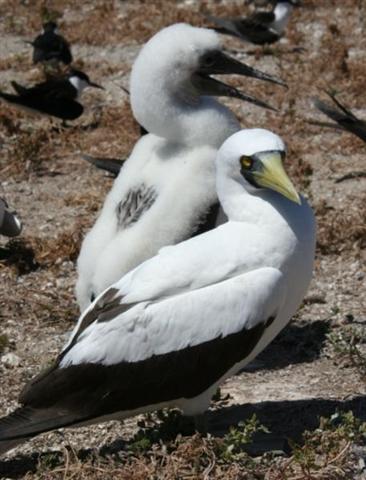
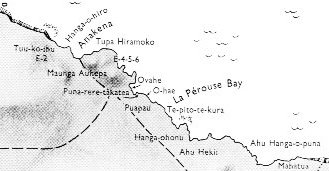
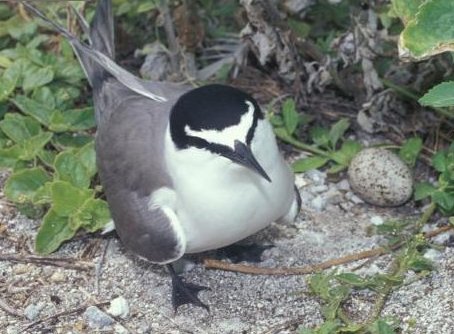

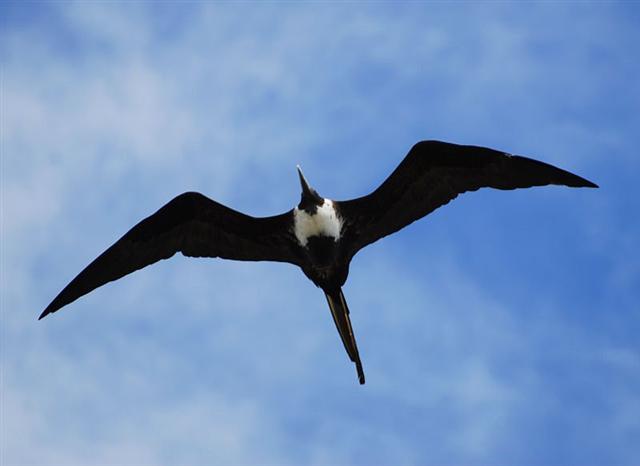
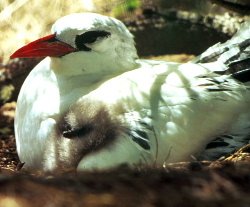

.jpg)

